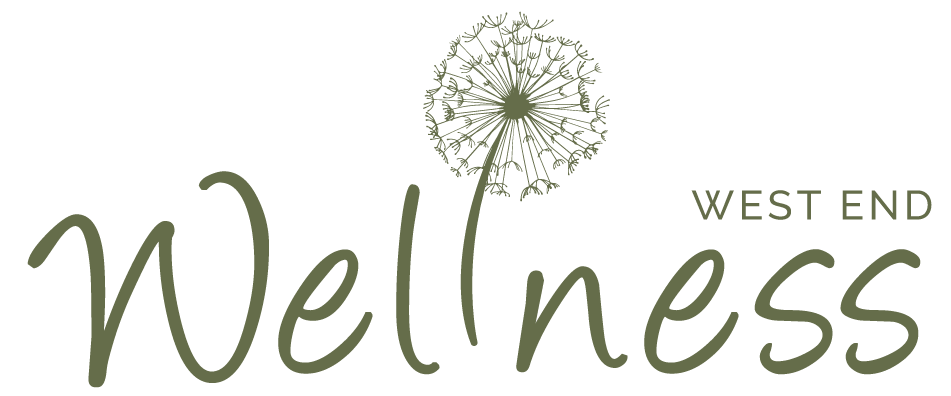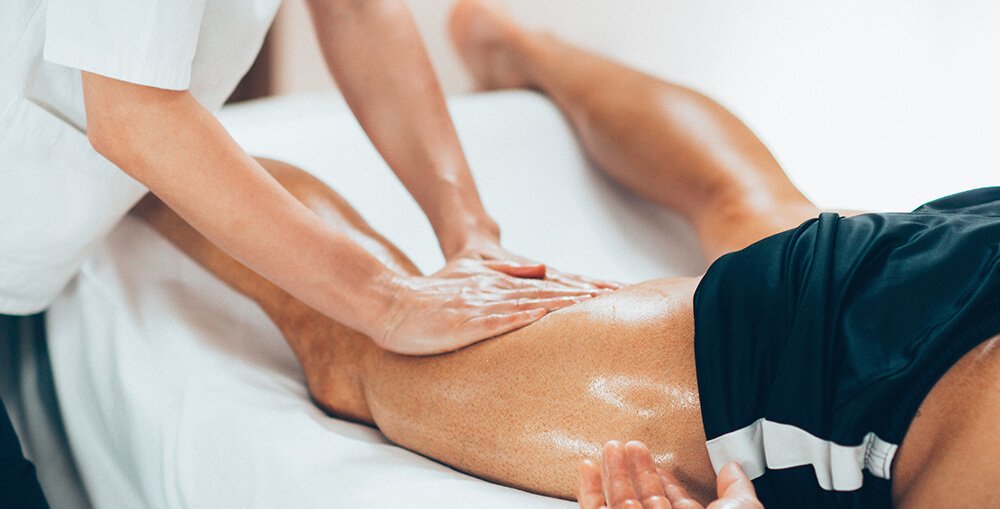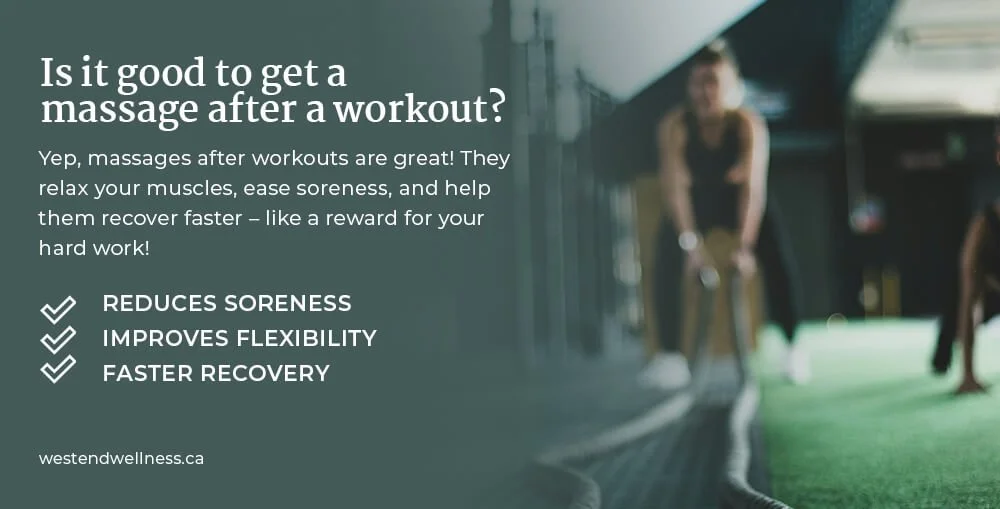The Benefits of Massage Therapy for Post-Workout Recovery
Table of Contents Show
Quick Summary
Massage therapy post-workout significantly enhances recovery by reducing muscle soreness, improving circulation, and increasing flexibility.
It aids in faster recovery and allows for more effective workouts by decreasing inflammation and promoting relaxation. This holistic approach addresses physical discomfort and supports overall well-being, making it a crucial component of a balanced fitness regimen.
Exercising not only revs up those endorphins, leaving you with that unbeatable "feel-good" sensation, but it's also a cornerstone of maintaining a healthy lifestyle.
However, anyone who's amped up their workout routine or dusted off their gym membership after a hiatus knows the familiar, often daunting anticipation of muscle soreness.
Yes, we stretch to ease some of that discomfort, hoping to glide through the rest of our day without the telltale workout wince.
But what if there was another key to unlocking a more effective recovery? Enter the realm of post-workout massage.
Nikki Liang, a seasoned massage therapist at West End Wellness, was asked to share his thoughts about post-workout massages, "Massage after a workout goes beyond soothing tired muscles; it's about enhancing your body's recovery process,"
"By stimulating blood and lymph flow, reducing inflammation, and easing muscle stiffness, massage therapy plays a pivotal role in not just recovery but also in improving overall flexibility and addressing pain points."
Nikki adds, "Integrating massage therapy into your wellness regimen complements other good practices too, like staying well-hydrated, incorporating gentle movement and stretching into your cooldown, and balancing your workouts with both cardio and resistance training."
Incorporating these insights and practices, our clinic aims to bridge the gap between hard work and holistic well-being, ensuring your path to fitness is as rewarding as healthy.
Benefits of Post-Workout Massage
Post-workout massage isn't just a luxury; it's also a gentle reminder of the importance of nurturing ourselves, honouring our bodies' hard work, and committing to practices that support our overall well-being.
Understanding the multitude of ways massage can positively influence our post-workout recovery opens the door to more efficient, enjoyable, and sustainable fitness routines.
Here are six key benefits that highlight the powerful role massage therapy plays in our wellness journey:
Reduces Muscle Soreness: Alleviates pain and discomfort after intense exercise sessions.
Improves Circulation: Enhances blood flow, aiding in faster recovery and nutrient delivery.
Increases Flexibility: Helps stretch and relax muscles, improving overall range of motion.
Reduces Inflammation: Supports the body's natural healing process by decreasing swelling.
Promotes Relaxation: Lowers stress and promotes a sense of well-being post-exercise.
Accelerates Recovery: Shortens recovery time, allowing for more frequent and effective workouts.
These benefits collectively ensure that each workout brings you closer to your goals through enhanced performance and quicker recovery and fostering a deeper connection between mind, body, and spirit.
Remember that for those who strive for health and vitality, incorporating massage into your recovery rituals is more than a luxury—it's a fundamental component of a balanced and sustainable approach to wellness.
Common Post-Workout Injuries & Symptoms
Engaging in physical activities, especially intense or new exercises, can sometimes lead to injuries or discomfort.
There is no way around it: a workout injury can happen to anyone anytime. Even a top athlete can find themselves on the sidelines for a length of time. Some may think they are safe because they are young or have a good balance that prevents them from getting injured, but everyone is at risk of a sports injury.
Recognizing symptoms common with post-workout injuries is crucial for timely and effective management. Here's a list of symptoms that might indicate you've sustained an injury during your workout:
Muscle Soreness: While some soreness is normal, intense or prolonged soreness beyond 48 hours might indicate an injury.
Swelling: Any unusual swelling in the muscles or joints post-exercise.
Redness or Bruising: Visible signs of redness or bruising on the skin surface.
Reduced Range of Motion: Difficulty moving the affected area through its full range of motion.
Sharp or Shooting Pain: Sudden, sharp pains during or after exercise, different from typical muscle fatigue.
Stiffness: Excessive stiffness in the muscles or joints that don't ease with gentle stretching or movement.
Weakness: A noticeable lack of strength in the affected area makes performing usual activities difficult.
Numbness or Tingling: A sensation of numbness or "pins and needles" in any part of the body.
Joint Instability: A feeling of instability or "giving way" in the joints, particularly the knee or ankle.
Recognizing these symptoms early can help address them promptly with appropriate massage techniques, significantly reducing recovery time.
If you experience any of these symptoms in a manner that concerns you or affects your ability to function normally, consulting with a healthcare professional is strongly advised.
Types of Massage for Post Workout
Several massage techniques can be beneficial after a workout, and so we will explore a few:
Relaxation Massage (Swedish Massage): This gentle form of massage is perfect for overall relaxation and muscle recovery. It involves long, flowing strokes, kneading, and circular movements on the top layers of your muscles, promoting circulation and muscle relaxation.
Deep Tissue Massage: For those dealing with chronic muscle tension or injury recovery, deep tissue massage can be particularly effective. This technique focuses on the deeper layers of muscle tissue, aiming to release persistent muscle knots or adhesions.
Sports Massage Therapy: A massage therapist will target sore areas, loosen tightness, and boost circulation. This speeds up recovery, leaving you limber and ready for your next fitness challenge.
Self-Message: Don't have time to visit a professional? Self-massage techniques, such as using foam rollers or tennis balls, can be a convenient alternative. They allow you to focus on specific areas that need attention, helping to relieve tightness and improve mobility.
Massage Guns: A modern and efficient way to soothe muscle soreness and improve recovery. These devices use percussive therapy to deeply massage the muscles, promoting blood flow and reducing pain. They're handy for athletes and anyone looking to accelerate their recovery process.
Each massage type offers unique benefits that can significantly aid post-workout recovery. They can help alleviate soreness, improve flexibility, and prepare the body for its next physical challenge.
Choosing the right type or combination of massages can be based on personal preference, specific fitness goals, and the nature of any muscle discomfort or injuries you're experiencing.
There are different types of muscle soreness, and knowing the difference is essential. Here we discuss those, and ways to treat them.
How to Include Massage Into Your Post-Workout Routine
Integrating massage into your post-workout routine is really about listening to your body and finding what works best for you.
Think about treating yourself to a professional massage a couple of times a month, especially after those workouts that push you harder than usual.
It's a great way to tackle deep muscle soreness and keep your body limber and ready for what’s next.
On the days in between, don't overlook the power of self-massage or the help of a foam roller or massage gun. These tools are fantastic for zeroing in on any tight spots and keeping things loose.
Consider how often you work out and how your body feels to decide how frequently to massage. It's like adding another layer to your recovery process, alongside staying hydrated and getting enough rest.
When you do go for that massage, chatting with your professional therapist about your workout routine and any specific sore spots can make all the difference.
They can tailor the session to exactly what you need, helping you bounce back faster and stronger. Remember, it's all about what feels right for you and keeps you moving towards your fitness goals.
Safety and Precautions
When adding massage to your post-workout recovery, paying attention to safety and how your body feels is crucial. Remember, massage is usually safe, but sometimes it might not be a good idea.
If you have a new or sensitive injury, it’s smart to wait until it’s a bit better before getting a massage to avoid making it worse.
If you have any health issues, especially ones that affect your skin or blood flow or if you’re at risk for blood clots, make sure to tell your massage therapist. They know how to work with different health conditions, but they need to know about yours to adjust their method.
It’s also important to speak up during your massage. If anything feels too strong or you’re uncomfortable, say something. The point is to help you recover, not to cause more pain or discomfort.
Choosing an experienced massage therapist who knows about recovery after sports or workouts will not only help improve your body's mechanics, but they can also help you avoid and understand areas that you may need to focus on so you can prevent injuries.
Adding massage to your routine doesn’t mean you should stop doing other healthy things. Keep drinking water, sleeping well, and eating right. Massage is great alongside these practices, not instead of them. It’s about making a full plan for recovery that looks after all parts of your body’s needs.
Post-Workout Massage: helps clear muscle soreness faster by boosting circulation.
Frequently Asked Questions
How soon after a workout can I get a massage?
Ideally, waiting 24-48 hours after intense exercise is recommended to allow any acute inflammation to decrease.
Can massage help with muscle growth?
Yes, massage can aid in muscle recovery and growth by improving circulation and nutrient delivery to the muscles, thereby facilitating the repair process.
Is it normal to feel sore after a massage?
Mild soreness can be normal after a deep tissue massage, but it should subside within a day or two. If discomfort persists, it's important to communicate this with your therapist.
Remember, your journey to wellness is unique. Listen to your body, and don't hesitate to seek professional advice when needed.
Conclusion
In closing, we've explored the significant role massage therapy plays in optimizing your post-workout routine.
Remember, massage goes beyond a momentary indulgence; it's a strategic investment in your long-term well-being and a key to unlocking your full fitness potential.
Regular massage therapy, coupled with healthy habits like staying hydrated, getting enough sleep, and maintaining a balanced workout regimen, creates a powerful synergy. This holistic approach fosters a smoother recovery process, minimizes the risk of injuries, and keeps you motivated and energized to conquer your fitness goals.
So, take a moment to listen to your body's needs.
Explore the various massage options we've discussed, and discover what works best for you.
Remember, a commitment to self-care paves the way for a more rewarding and sustainable journey towards a healthier you. Take charge of your recovery, embrace the power of massage, and watch your fitness journey flourish!
If you have any further doubts or questions regarding this subject or another treatment, contact one of our experienced Acupuncturists or Registered Massage Therapists here at West End Wellness Clinic. You can either give us a call or make an appointment.
Disclaimer: Please remember this article is for informational purposes only and should not replace professional medical advice. Please consult a healthcare provider or someone with the correct qualifications before starting any new exercise or treatment program.



